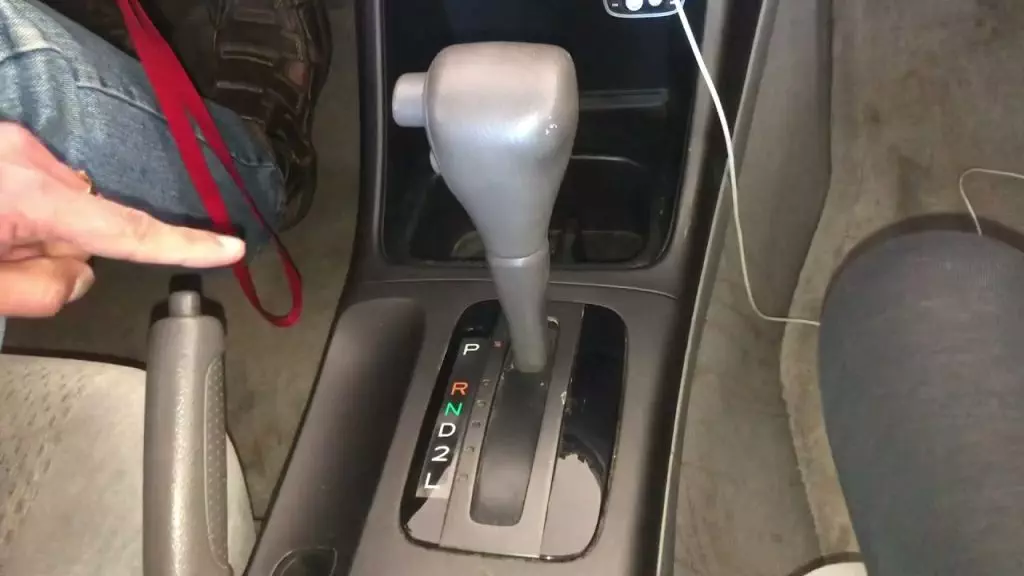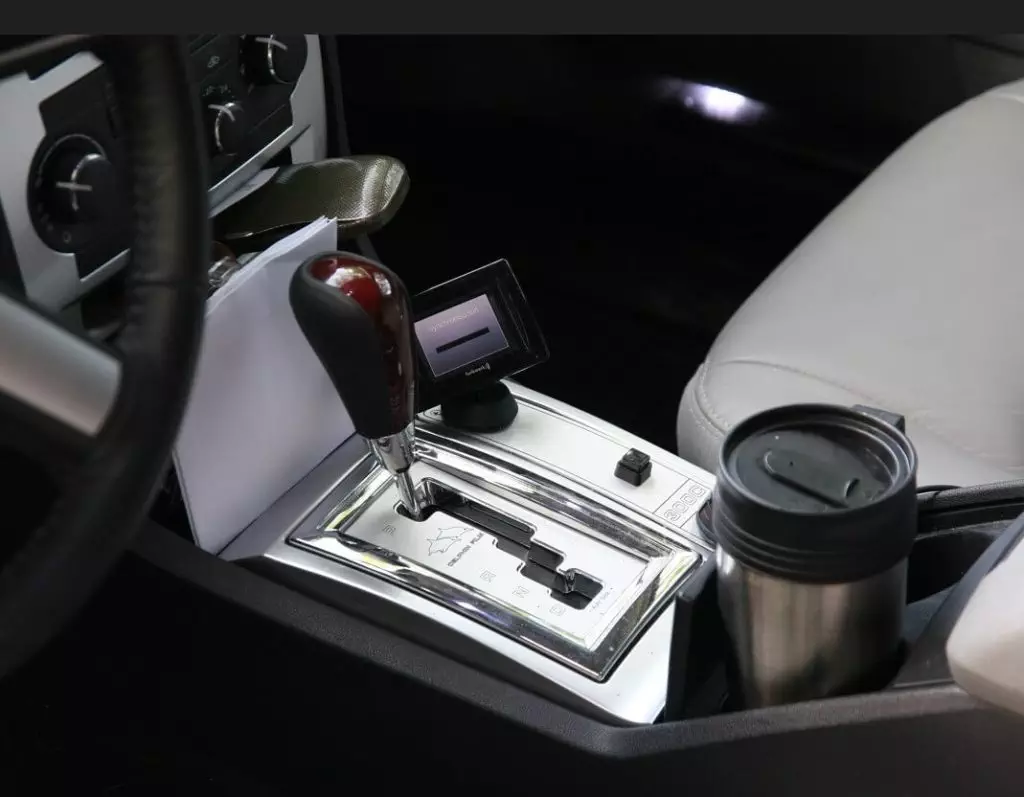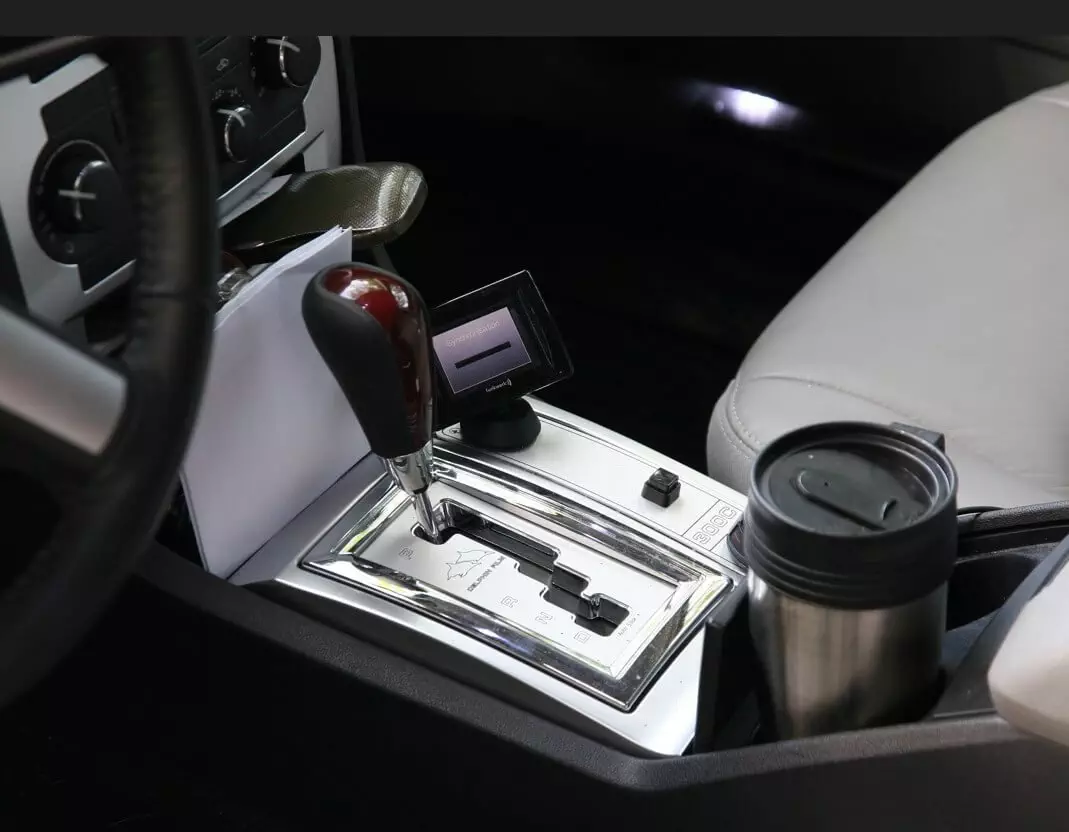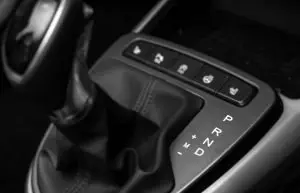In this article, we will discuss the steps to move a dead automatic car. We will explore the different methods you can use to safely and effectively move your car without the engine running. By the end of this article, you will have a better understanding of the options available and how to proceed in case your automatic car breaks down and needs to be moved. So, let’s dive in and learn how to handle this situation with ease!
Preparing to Move a Dead Automatic Car
Ensuring personal safety
Before attempting to move a dead automatic car, it is crucial to prioritize personal safety. This includes wearing appropriate protective gear such as gloves and closed-toe shoes. Additionally, make sure the area is well-lit and free from any potential hazards, such as oncoming traffic or other obstacles.
Gathering necessary equipment
Moving a dead automatic car requires certain equipment to make the process smoother and safer. Some essential items to gather include a jack, lug wrench, jumper cables, a towing dolly or trailer, and a tow strap or chain. It is important to have these tools readily available to handle any situation that may arise during the process.
Checking the car’s condition
Before attempting to move a dead automatic car, it is important to assess its condition. Check for any visible damage or leaks and ensure that the tires are properly inflated. If the car has been sitting for a while, it may be a good idea to check the oil level and other fluid levels. It is essential to address any issues before attempting to move the car to prevent further damage.
Pushing a Dead Automatic Car
Finding a suitable area
When pushing a dead automatic car, it is important to find a suitable area that provides ample space to maneuver. Look for a flat and open space, preferably without inclines or declines. This will make it easier to push the car without any unnecessary strain or difficulties.
Positioning yourself and others
Before attempting to push a dead automatic car, it is important to position yourself and any helpers in the appropriate positions. Make sure everyone is aware of their respective roles and follows safety guidelines. Assign someone to steer the car while others push from the back.
Applying the proper technique
To push a dead automatic car, it is important to use the proper technique. Bend your knees and use your legs to generate force while pushing the car. Keep a steady pace and communicate with your team members to ensure synchronization. It may be helpful to use hand signals or verbal commands to coordinate the movement of the car.

This image is property of i.ytimg.com.
Using a Towing Dolly or Trailer
Choosing the right equipment
If pushing the dead automatic car is not an option, using a towing dolly or trailer can be a viable alternative. When choosing the right equipment, consider factors such as the weight and size of the car. Make sure the towing dolly or trailer is suitable for the specific make and model of the car.
Attaching the car to the dolly or trailer
To attach the dead automatic car to the towing dolly or trailer, follow the manufacturer’s instructions carefully. Use proper safety measures, such as chocking the wheels and securing the car with straps or chains. Double-check that the connections are secure before attempting to transport the car.
Driving and securing the car for transportation
When the dead automatic car is properly attached to the towing dolly or trailer, it is important to drive safely and follow the relevant laws and regulations. Be cautious when turning, braking, and accelerating to prevent any damage. Additionally, secure the car on the dolly or trailer to minimize movement during transportation.
Calling for Professional Assistance
Contacting a towing service
If moving a dead automatic car proves to be too challenging or unsafe, it is recommended to contact a professional towing service in Aventura. Look for a reputable towing company in your area and contact them to request assistance. Provide them with the necessary details, such as the car’s location and any specific requirements.
Providing necessary information
When calling for professional assistance, it is important to provide accurate and detailed information about the dead automatic car. This includes the make, model, and any relevant identification numbers. Inform the towing service of any specific issues or concerns you may have to ensure they come prepared.
Coordinating pickup and drop-off locations
When arranging for professional assistance, coordinate with the towing service to determine the pickup and drop-off locations for the dead automatic car. Provide clear directions and ensure someone is available to meet the towing service at the designated locations.

This image is property of i0.wp.com.
Jump-Starting a Dead Automatic Car
Checking the battery and connections
If the dead automatic car is not completely immobile due to a dead battery, it may be possible to jump-start it. Start by checking the battery for any visible damage or corrosion. Ensure the battery connections are tight and free from any debris. Clean the battery terminals if necessary before proceeding to jump-start the car.
Getting a functional vehicle
To jump-start a dead automatic car, you will need a functional vehicle as a power source. Locate a car with a fully charged battery and park it close enough to the dead car for the jumper cables to reach both vehicles.
Using jumper cables correctly
To safely jump-start a dead automatic car, follow these steps:
- Connect the positive (+) end of the jumper cables to the positive terminal of the dead car’s battery.
- Connect the other end of the positive cable to the positive terminal of the functional car’s battery.
- Connect the negative (-) end of the jumper cables to the negative terminal of the functional car’s battery.
- Attach the remaining negative cable to an unpainted metal surface on the dead car, such as an engine bracket or the frame.
- Start the functional car and let it run for a few minutes to charge the dead car’s battery.
- Attempt to start the dead car. If it starts, leave both cars running for a few more minutes before disconnecting the jumper cables.
Towing a Dead Automatic Car with Another Vehicle
Using a tow strap or chain
If the dead automatic car cannot be jump-started and needs to be towed, using a tow strap or chain can be an option. Choose a tow strap or chain that is rated for the weight of the car and ensure it is in good condition without any signs of wear or damage.
Ensuring proper attachment
When attaching the tow strap or chain, make sure it is securely fastened to both vehicles. Follow the manufacturer’s instructions and ensure proper weight distribution. It is important to maintain a safe distance and avoid any sudden braking or acceleration when towing the dead automatic car.
Driving safely while towing
When towing a dead automatic car, it is crucial to drive safely and follow all traffic laws. Maintain a safe speed and be aware of any potential hazards on the road. Keep a greater distance between the towing vehicle and other vehicles to allow for safe maneuvering.

This image is property of caralso.com.
Rolling a Dead Automatic Car onto a Tow Truck
Preparing the tow truck
Before attempting to load a dead automatic car onto a tow truck, make sure the truck is properly prepared. Check that the tow truck’s bed is clean and free from any debris that may damage the car. Ensure the tow truck’s hydraulic system is in good working condition and can handle the weight of the car.
Securing the car onto the tow truck’s bed
When loading the dead automatic car onto the tow truck, use a winch or other appropriate equipment to safely lift the car onto the bed. Once on the bed, secure the car using straps or chains to prevent any movement during transportation. Make sure to double-check all connections before proceeding.
Transporting the car to the desired location
When the dead automatic car is securely loaded onto the tow truck, it is important to drive carefully and responsibly. Observe all road safety regulations and take precautions to ensure the car remains stable during transit. Exercise caution when unloading the car to avoid any potential damage.
Considering Professional Repairs
Assessing the extent of the issue
After moving a dead automatic car, it is important to assess the extent of the issue that caused it to become immobile. If the problem is minor and easily fixable, it may be possible to address it yourself. However, for more complex issues, it is advisable to seek professional assistance from a reputable repair service.
Choosing a reliable repair service
When choosing a repair service for a dead automatic car, it is essential to select a reliable and trusted provider. Look for a service center with experienced technicians who specialize in automatic cars. Consider reading customer reviews or seeking recommendations from friends and family to ensure you choose a reputable establishment.
Determining the cost and timeframe
Before committing to any repairs, it is important to determine the cost and timeframe involved. Request a detailed quote from the repair service, including the cost of parts and labor. Discuss the estimated timeframe for the repairs to be completed and any warranties or guarantees offered.

This image is property of t2.uc.ltmcdn.com.
Selling or Scraping a Dead Automatic Car
Evaluating the car’s value
If a dead automatic car is beyond repair or the cost of repairs outweighs its value, it may be more practical to consider selling it or scrapping it for parts. Evaluate the car’s value based on factors such as its age, condition, and market demand. Consider obtaining multiple quotes to ensure you receive a fair offer.
Finding potential buyers or scrap yards
When selling or scrapping a dead automatic car, research potential buyers or scrap yards in your area. Look for reputable establishments that offer fair prices and prompt service. Ensure that you have the necessary documentation, such as the car’s title, to facilitate the transaction.
Completing the necessary paperwork
When selling or scrapping a dead automatic car, it is important to complete the necessary paperwork to transfer ownership. Ensure that all relevant documents are properly filled out and signed. If scrapping the car, inquire about any additional paperwork that may be required.
Conclusion
Moving a dead automatic car can be a challenging and potentially dangerous task. However, by following the appropriate steps and taking necessary safety precautions, it can be accomplished efficiently and safely. From pushing the car to calling for professional assistance, there are various methods to consider depending on the specific circumstances. By reviewing the available options and selecting the most suitable method for your situation, you can ensure a smooth and successful operation. Remember to always prioritize personal safety and adhere to the necessary precautions to avoid further damage or injuries.
This image is property of qph.cf2.quoracdn.net.



